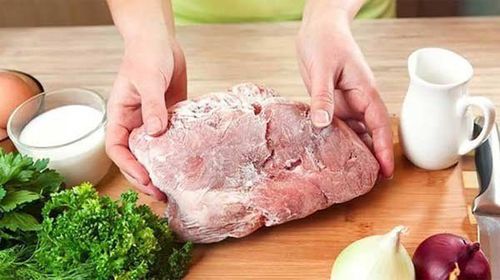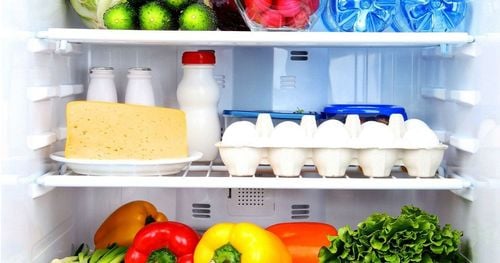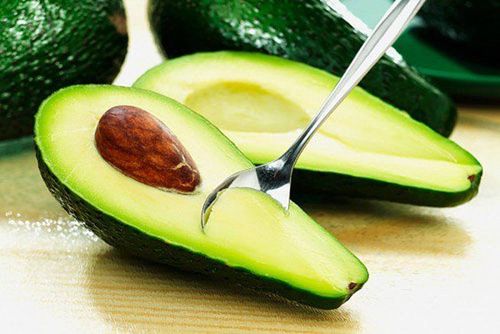This is an automatically translated article.
Shelf life of food is the time to keep the best quality of food as recommended by manufacturers to consumers. So does the expiration date of food really matter?
1.Some terms to know to evaluate food shelf life
When you go shopping, most foods will be printed on the packaging by the manufacturer. This is a way of notifying customers that an item is new or has an expiration date. However, if unfortunately, you can still buy the wrong product that has expired due to the neglect of the staff and has not been destroyed.
The expiry date of the food is printed on the packaging, but it is easier to spot the production date when you start looking at the product. This also helps you determine how long this item has been on sale and estimate how long or short the shelf life is depending on the category.
In fact, a food's shelf life not only informs the production period, but also forms the basis for evaluating sales strategies for stores. On the customer side, you can completely request to buy new products instead of expired products. But for sellers, they are interested in which items have great consumption and often need to be imported to the warehouse.
Although the expiration date is printed on the package, testing first is still more secure. The date marked as the shelf life can be understood as the longest time that the food will keep its freshness. Some dishes are not necessarily freshly made, such as kimchi, pickles.... These items are usually pickled, but the more sour, the better.
SEE ALSO: Is expired food worth worrying about?
The date of manufacture is understood as the date of processing and packaging of the product. However, if the food processing and production process is influenced by factors such as people, temperature, climate, etc., the risk of spoilage can also occur. Especially beer, if the sunlight shines on a lot, it will create conditions for bacteria in the beer to grow and survive when the beer is sealed in the bottle.
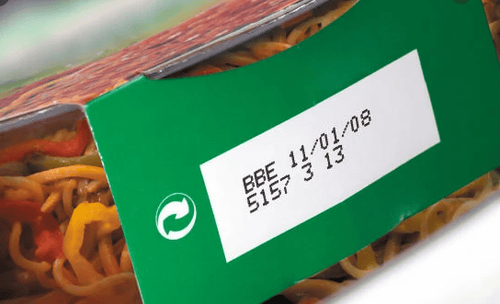
Mọi sản phẩm, thực phẩm đều có hạn sử dụng
The last day of the product's shelf life still retains its freshness and nutritional content is a matter that consumers are always interested in. In fact, after the date "closer to the date", food will gradually lose its taste and nutrition, but in terms of food safety and hygiene, it can still be ensured if you use it not too long after that.
The expiration date is not strictly a date of spoilage, but rather a way for consumers to choose whether to eat it or not. In fact, the date, "out of date" is the day when the freshness and nutrients in the food are reduced and lost gradually.
The packaging date of the product is usually marked with a coded number. Because not all items can be produced and packaged at the same time. For example, for dried goods, the time from drying to packaging will be a period of time apart, but the production date is often chosen as the product packaging date.
2. The best time to use for each food group
Usually little attention is paid to packaged products because shelf life calculations are printed and calculated by manufacturers. However, if you know the best time to keep food fresh, it will be better. For example:
Milk is a commodity with not a small consumption power because all ages can easily use it for snacks. However, when opening the box, it should only be used within 1 week to avoid diarrhea or abdominal pain when the fermented milk appears sour. Eggs: after being purchased, you should use them within 3 -5 weeks. In fact, eggs can be used long after harvest, but you can't be sure of the production time, so short-term use to ensure quality. Chicken, fish and seafood: if purchased as a frozen food, use the day after cooking or up to 2 days. Frozen beef and pork can be used within 3 - 5 days Canned food: usually canned agricultural products can be preserved for a long time. For ketchup, because of its high acid concentration, the shelf life is 18 months. Other foods with low acidity can last up to 5 years under completely sealed conditions without air ingress or any other adverse effects. any impact from the environmental climate. To ensure a longer shelf life of canned foods, they should be placed in a dark place with a low temperature of 18 - 38 degrees Celsius. If when you take out the box to use, you see signs of swelling, It is possible that bacteria have grown in and the canned food should be discarded.
SEE ALSO: Shelf life of breast milk
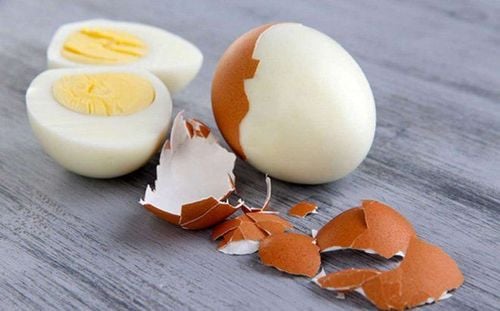
Trứng gà chỉ nên sử dụng trong vòng 3 đến 5 tuần
3.Tips to ensure food safety when using
Today, all purposes of supplying agricultural products to consumers are for the same purpose of ensuring food hygiene and safety. Here are some tips for you to refer to to protect the health of yourself and those around you:
Buy products that still have their expiry date Store purchased foods in the refrigerator, if they are easily damaged when place at room temperature Freeze food to prevent entry of harmful bacteria into the environment Follow instructions for use and manufacturer recommendations
4. When do foods tend to go bad?
Medicines and excipients are also listed in the items that need to be focused on using time. Several trials evaluating the duration and effectiveness of a drug have concluded that if a drug has an 18-month shelf life from its date of manufacture, it will only work well for that time.
Pharmaceutical is a biochemical product, so the time of decomposition and disintegration can be assessed through the compound composition of chemical elements. However, the change over time of chemical compounds sometimes makes medicinal drugs dangerous to human health.
Similar to condoms, if used after the specified time, the substances used will not be as good as the original and their effects will not be achieved as desired. In addition, the odorants will also change, which can cause irritation and danger to users' health.
SEE ALSO: Why must medicine have an expiration date?
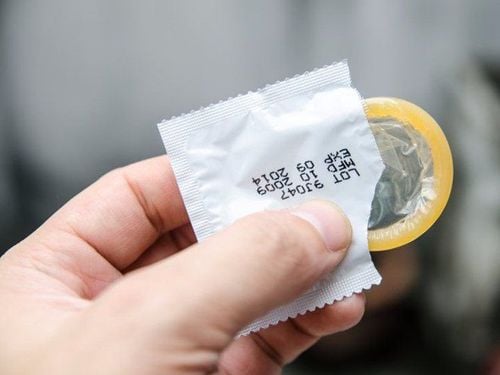
Bao cao su hết hạn sử dụng sẽ không còn hiệu quả như ban đầu
5. Proper storage for a longer shelf life
Temperature is the first factor that affects the shelf life of food. The higher the temperature, the faster the decomposition and invasion of bacteria take place. Therefore, you can choose the freezing solution in the freezer to preserve fresh food longer.
High humidity areas are favorable conditions for bacteria and growth. Sunlight also causes food to spoil faster. If you live in a location where these problems converge, you need to use assistive devices to overcome and preserve food of better quality.
The shelf life of food means the time when nutrients are best kept. Therefore, you should use ahead of time to ensure maximum safety, increase flavor and provide adequate nutrition for the body.
Please dial HOTLINE for more information or register for an appointment HERE. Download MyVinmec app to make appointments faster and to manage your bookings easily.
Food source: webmd.com





